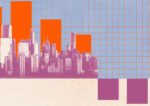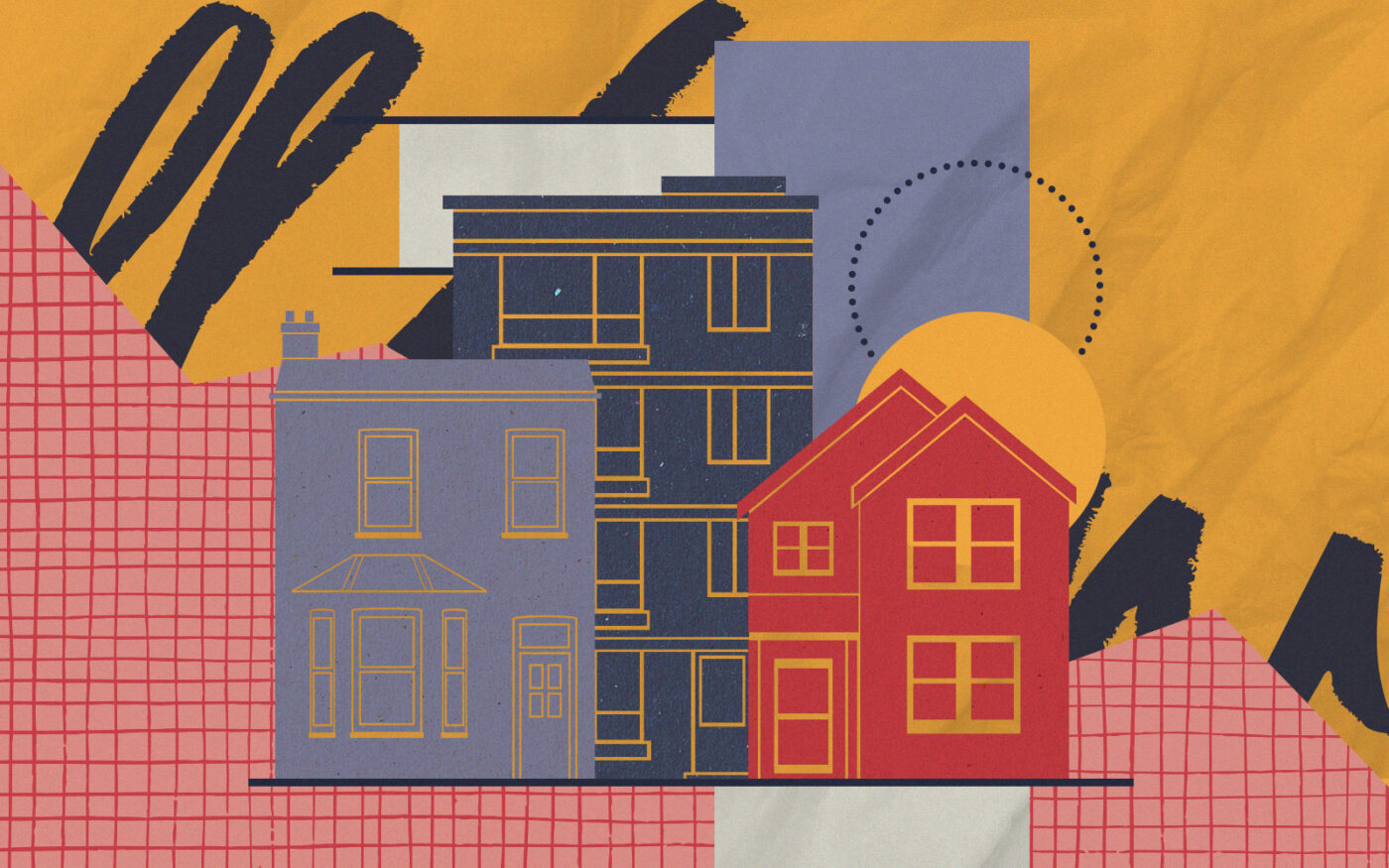Landlords of one-bedroom apartments across the country are feeling a rare pinch.
Zumper’s national rent index for one-bedroom units fell 0.7 percent year-over-year this month, according to the company’s February report. It’s only the second annual decrease in the past three years, when rising rents alleviated other issues facing landlords, such as rising operating expenses.
February was, however, the fifth consecutive month with no rent growth or a decrease from the previous period. The median one-bedroom asking price declined 0.9 percent from January to $1,482 — around levels last seen in August 2022 — while the national two-bedroom price dropped 0.5 percent to $1,837.
The numbers come from listings for available apartments, not lease signings or renewals.
Some of the month-over-month declines can be attributed to the typical slow renting months of the winter. But the report cautions that the overall decline is expected to persist.
“If a renter wants to avoid the hassle of moving or wants to wait out the uncertainty of the current economy, staying in place will likely mean a minimal rent increase this year, if any,” said Zumper CEO Anthemos Georgiades, who noted the impact of the record apartment supply hitting the market.
But tenants’ and landlords’ experiences vary widely from one region to the next.
Rents are falling significantly in the Sun Belt and Intermountain regions. In Texas, rents for one-bedroom apartments are down about 10 percent each for major cities such as Dallas and Austin, affecting landlords who benefited from the massive influx of tenants during the pandemic.
The Sun Belt rental market’s weakness has contributed to a crisis for syndicators who spend hundreds of millions of dollars buying apartment complexes when debt was cheap and rents were soaring.
On the other hand, in regions with low supply of available rentals — such as the Midwest or Northeast — rents continue to rise.
New York City easily retained its ranking as the most expensive rental market by far, coming in at $4,200 for a one-bedroom unit. That’s up more than 18 percent year-over-year and is now a third more than the second-most expensive rental market, Jersey City, where the median rent for a one-bedroom was $3,140.
Rounding out the top five were San Francisco at $2,900, Boston at $2,820 and Miami at $2,650. They were followed by Silicon Valley’s San Jose at $2,400, Arlington, Virginia, at $2,330, San Diego at $2,300, and Los Angeles and Washington, D.C., at $2,250.
Because Zumper’s numbers come from listings, New York’s rents are higher than in real life because few of its nearly 1 million rent-stabilized apartments are available. The vacancy rate for those units is less than 1 percent.
New York City’s monthly rent increase was one of the five largest in February. Buffalo, which got some unexpected attention last fall for its hot rental market, led the category.
Read more



